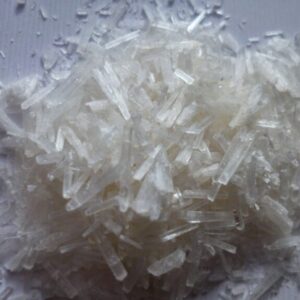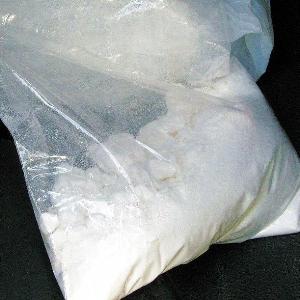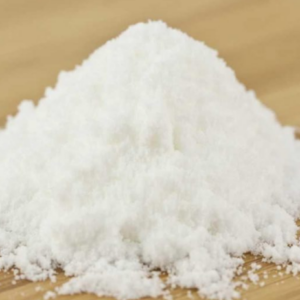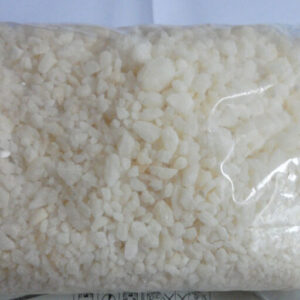Crystal Meth
$2,100.00 – $6,500.00
Crystal Meth is a powerful stimulant drug that can cause feelings of euphoria and high energy. People may choose meth because of these euphoric
Crystal Meth, short for crystal methamphetamine, is a powerful and highly addictive central nervous system stimulant. It appears as clear or bluish-white crystalline chunks or shiny rocks and is typically smoked, snorted, injected, or swallowed. Known for its intense and long-lasting euphoric effects, crystal meth is often associated with illicit use and is classified as a Schedule II controlled substance in many countries due to its high potential for abuse and limited medical use.
The drug works by dramatically increasing levels of dopamine in the brain, which leads to heightened mood, increased energy, focus, and a strong sense of pleasure or invincibility. These effects can last from 6 to 12 hours, making it more potent and longer-lasting than many other stimulants. Because of these intense highs, users often engage in binge use, consuming the drug repeatedly over several days without sleeping or eating.
However, crystal meth use comes with severe health consequences. Chronic use can lead to addiction, psychosis, paranoia, hallucinations, violent behavior, and significant neurological damage. Physical effects include rapid weight loss, dental decay (“meth mouth”), and skin sores. Over time, the drug significantly deteriorates both mental and physical health.
Withdrawal from crystal meth is also intense, often involving depression, fatigue, anxiety, and intense cravings, making recovery challenging without professional help.
In addition to its devastating health impacts, the production and distribution of crystal meth are linked to organized crime and dangerous homemade “meth labs,” which pose significant risks due to chemical explosions and environmental hazards.
In summary, crystal meth is an extremely dangerous drug with severe long-term consequences. While it may produce short-term euphoria and energy, its highly addictive nature and damaging effects on the body and mind make it one of the most harmful illicit substances in the world.
| quantity | 300gm, 500gm, 1000gm |
|---|
Be the first to review “Crystal Meth” Cancel reply
Related products
Research chemical
Research chemical
Research chemical
Research chemical
Research chemical









Reviews
There are no reviews yet.